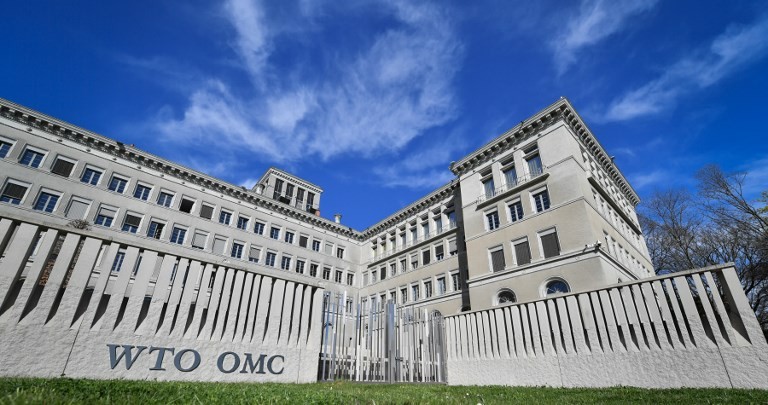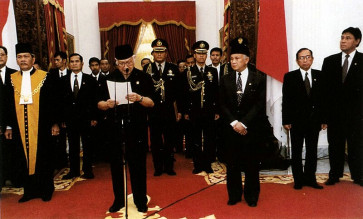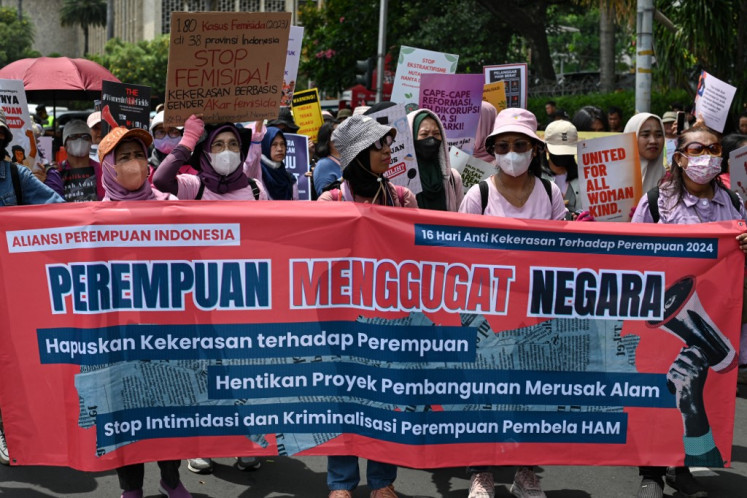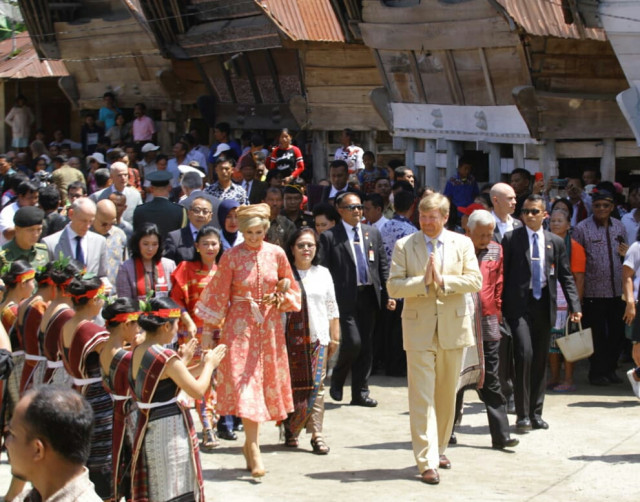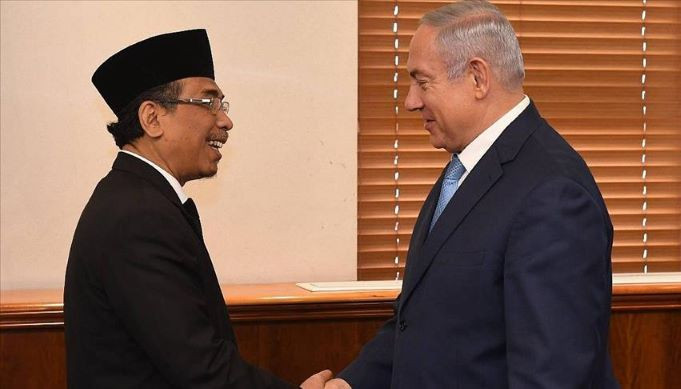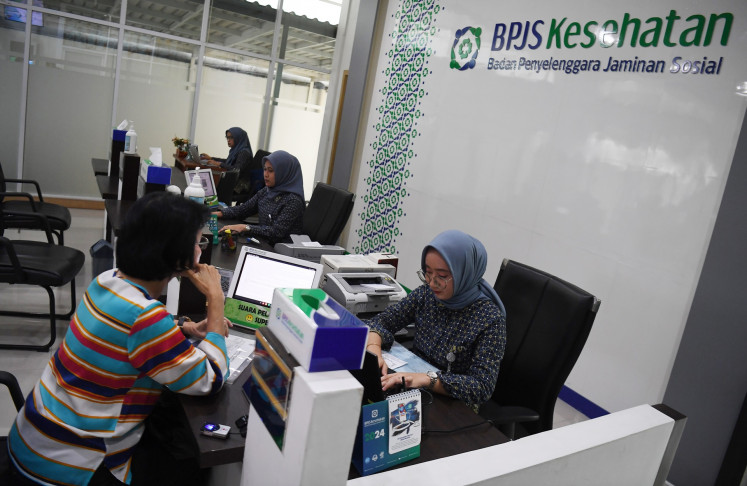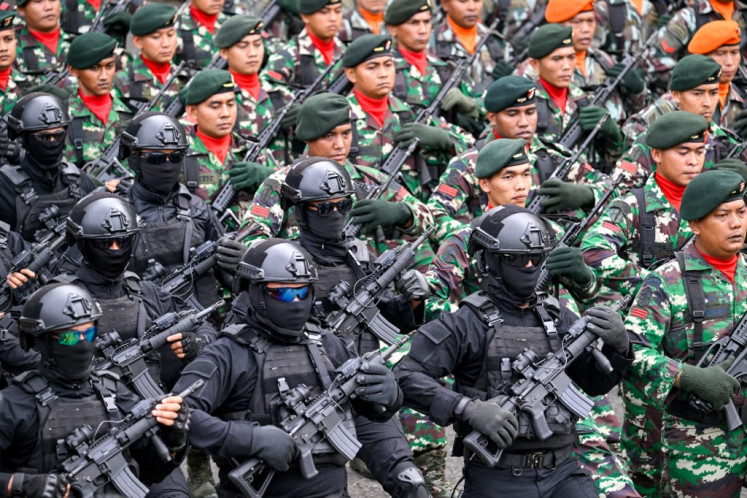Popular Reads
Top Results
Can't find what you're looking for?
View all search resultsPopular Reads
Top Results
Can't find what you're looking for?
View all search resultsAt 24 years WTO faces more challenges
Change text size
Gift Premium Articles
to Anyone
T
he World Trade Organization (WTO) is to celebrate its 24th anniversary in January 2019. There is no better chance than today to assess the performance and outlook of the global organization.
Such an evaluation is timely because the G20 leaders summit in Buenos Aires in early December called for reforms in the WTO and also because of the global crisis stemming from the trade war between the world’s two largest economies, the United States and China.
To assess its future, we need to look into the history of the trade organization, which was established in 1995 as an upgrade to the General Agreement on Tariffs and Trade (GATT) to provide clearer rules and procedures pertaining to global trade. Unlike GATT, which only dealt with the trade in goods, the WTO and its agreements cover trade in services and property rights.
The trade organization has also created procedures to settle any trade disputes involving its members. Thus, it offers a way to resolve trade disputes. Any agreements within the framework of the trade organization are not frozen. The agreements can be updated through renegotiation from time to time and new agreements can be added as a reference.
The WTO facilitates a multilateral trade system that ensures secure supplies of components, raw materials, finished products and services for global consumers. Thus, producers and consumers know foreign markets will always be open to them. To ensure the trade system works, the WTO makes decisions, mostly through consensus among all 164 members, and they are ratified by the legislatures of the members. Meanwhile, any trade friction is brought to the dispute settlement body, which assesses how the trade policies of the members conform to the agreements and their commitments.
Today, after almost a quarter of a century, what are the challenges faced by the trade organization?
In his opening remarks to a seminar for journalists in Geneva recently, Keith Rockwell, spokesperson and director of information and external relations of the WTO, said all G20 leaders have agreed that the strengthening the WTO is important. He said the areas that need to be improved include how the WTO determines whether a country is a developing country, how a country decides to use its national security exemptions and how the members make decisions.
China, for example, has declared itself a developing country despite having a manufacturing industry and being the world’s second-largest economy. The US opposes China’s status as a developing country because it gives the Asian country some benefits in trade it cannot enjoy.
Apparently, this has caused tensions that have led to protectionist measures on both sides.
Another crucial issue is the dispute settlement system, which involves decisions through the so-called Appellate Body. According to the WTO, more than 560 disputes have been brought to the trade organization this year alone.
The Appellate Body originally had seven members. Today, however, the body has only three members because the terms of office of the other members ended but their reappointment has reportedly been opposed by the US, which considers that its interests have not been accommodated.
To make matters worse, the mandate of two of the three remaining members will expire in December 2019 and if their mandates are not renewed the Appellate Body will be down to one member only and will no longer be able to function.
In addition, WTO director general Roberto Azevedo revealed there were 137 new trade restrictions being put in place between October 2017 and October 2018, slightly more than in the previous 12 months.
The director general added that import restrictions covered an estimated value of US$588 billion. This is more than seven times larger than the figure for the previous annual overview. In fact, this is the largest coverage of such measures recorded by this trade monitoring exercise.
“This should be of great concern to the WTO members,” Azevedo said in his remarks for the annual trade review.
This was not surprising given the tensions in the global trading environment over the past months. If they continue unabated, the increase in restrictive trade measures and the uncertainty created by such actions could put the global economic recovery into jeopardy.
Despite the bleak picture, WTO members also recorded 162 new measures that facilitate global trade with an estimated value of $295 billion. This amount was higher than in the previous period. As we can see, there is light at the end of the tunnel.
The WTO’s director general put it best: Transparency is essential to everything at the WTO. Transparency is crucial to maintain the predictability and stability of the multilateral trading system. Let’s hope the WTO members maintain transparency and issue policies that are in line with their commitments. Let’s also hope reforms improve the decision-making at the WTO.

